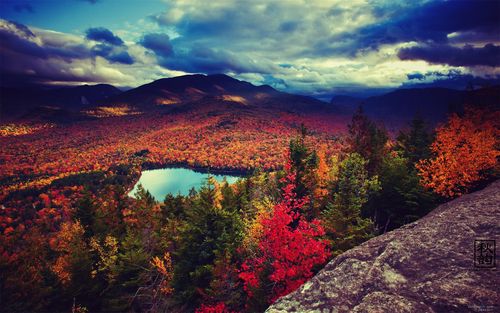Exploring Panama’s Diverse Cultural Traditions: From Carnivals to Folklore
Panama is a country located in Central America, bordered by Costa Rica to the west, Colombia to the southeast, the Caribbean Sea to the north, and the Pacific Ocean to the south. The country is known for its diverse cultural traditions and best reflects the blending of Spanish, African, and Indigenous cultures. From the colorful carnivals to the mesmerizing folklore, every corner of Panama has something unique to offer to its visitors. In this article, we will explore some of Panama’s diverse cultural traditions.
Carnivals
Carnivals are an integral part of Panama’s cultural heritage and attract visitors from all over the world. The carnival season starts on the Friday before Ash Wednesday and lasts for four days, ending with the Burial of the Sardine. The carnival celebrations are characterized by parades, music, dancing, and colorful costumes. The most famous carnival celebrations take place in Panama City, Las Tablas, and Penonome.
During the carnival celebrations in Las Tablas, the town is divided into two groups, the Calle Abajo and Calle Arriba. The streets are decorated with colorful banners and decorated floats. The Calle Abajo group wears blue costumes while the Calle Arriba group wears red costumes. Both groups compete with each other, performing choreographed dance routines and showcasing their creativity.
Folklore
Panama’s folklore is an amalgamation of different cultures that have coexisted in the country. The folk dances, music, and costumes of Panama reflect the rich heritage and traditions of the country. The Diablicos Sucios is one of the most famous folk dances of Panama. The dance is characterized by dancers wearing devil masks and colorful costumes. The dancers perform a ritualistic dance that symbolizes the struggle between good and evil.
Another famous folk dance is the Pollera. The Pollera is a traditional Panamanian dress worn by women. The dress is made of a cotton or silk fabric and embroidered with colorful threads. The dress includes a blouse, petticoat, and a skirt, and is accessorized with jewelry and a headpiece. The Pollera dance is performed by women wearing the traditional dress, dancing to the beats of traditional Panamanian music.
Conclusion
In conclusion, Panama’s diverse cultural traditions are a reflection of the country’s rich heritage and history. The carnival celebrations and folk dances are a testament to the blending of different cultures and their traditions. If you ever get a chance to visit Panama, don’t forget to witness the colorful carnivals and mesmerizing folklore that make the country unique.
(Note: Do you have knowledge or insights to share? Unlock new opportunities and expand your reach by joining our authors team. Click Registration to join us and share your expertise with our readers.)
Speech tips:
Please note that any statements involving politics will not be approved.
